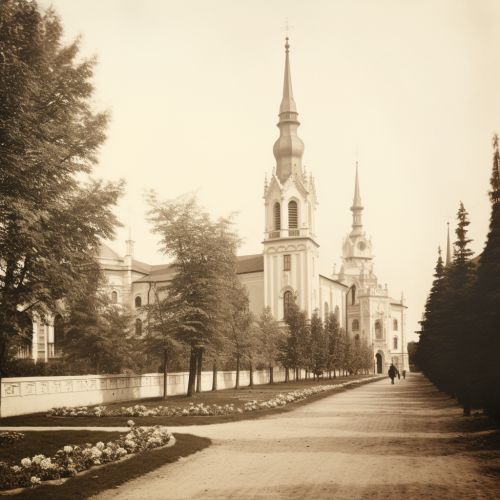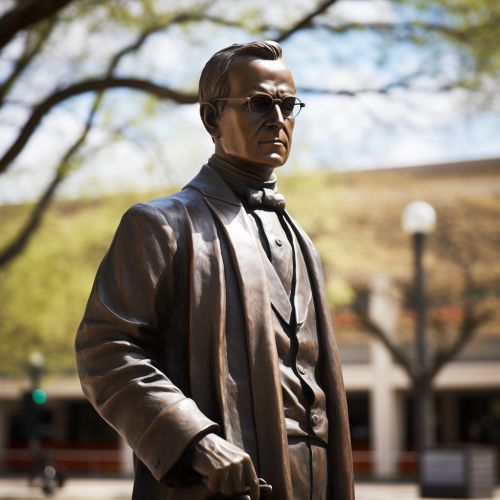Gregor Mendel
Early Life and Education
Gregor Johann Mendel was born on July 20, 1822, in Heinzendorf bei Odrau, a small village in the Austrian Empire (now Hynčice, Czech Republic). His parents, Anton and Rosine Mendel, were peasant farmers. Despite their low income, they valued education and encouraged their son's academic pursuits. Mendel attended local schools and showed a strong aptitude for science and mathematics.
In 1840, Mendel enrolled at the University of Olomouc, where he studied physics, mathematics, and philosophy. During his studies, Mendel was influenced by the work of Christian Doppler and Franz Unger, who were pioneering new ideas in the fields of physics and natural history.


Monastic Life and Teaching Career
In 1843, Mendel joined the Augustinian monastery in Brno (now in the Czech Republic), where he was given the name Gregor. The monastery was known for its intellectual environment, and Mendel was able to continue his studies in natural science. He was ordained as a priest in 1847.
In 1851, Mendel was sent to the University of Vienna to study under the sponsorship of his monastery. He returned to Brno in 1853 and began teaching at the local secondary school, where he would remain for more than a decade.
Mendel's Experiments and Genetic Discoveries
Mendel began his experiments with pea plants (Pisum sativum) in the monastery's garden in 1856. Over the next eight years, he meticulously cross-bred thousands of pea plants and carefully recorded the traits of their offspring. His experiments focused on seven characteristics: seed shape, flower color, seed coat tint, pod shape, unripe pod color, flower location, and plant height.
Mendel's experiments led him to two fundamental genetic principles, which later became known as Mendel's laws of inheritance. The first law, the law of segregation, states that each organism has two alleles for each trait, and that these alleles segregate during the formation of gametes, so that each gamete carries only one allele for each trait. The second law, the law of independent assortment, states that alleles for different traits assort independently of one another during the formation of gametes.


Publication and Reception of Mendel's Work
Mendel presented his findings to the Natural History Society of Brno in 1865, and his work was published in the society's journal, 'Verhandlungen des Naturforschenden Vereins Brünn', in 1866. However, his work went largely unnoticed by the scientific community.
It was not until 1900, sixteen years after Mendel's death, that his work was rediscovered independently by botanists Hugo de Vries, Carl Correns, and Erich von Tschermak. They recognized the significance of Mendel's findings, and his principles of inheritance became the foundation of modern genetics.
Later Life and Legacy
Mendel served as the abbot of his monastery from 1868 until his death in 1884. Despite his administrative duties, he continued to conduct experiments, although none were as significant as his work with pea plants.
Today, Mendel is recognized as the father of modern genetics. His laws of inheritance form the basis of our understanding of how traits are passed from parents to offspring. His work has had a profound impact on fields as diverse as biology, medicine, and agriculture.


